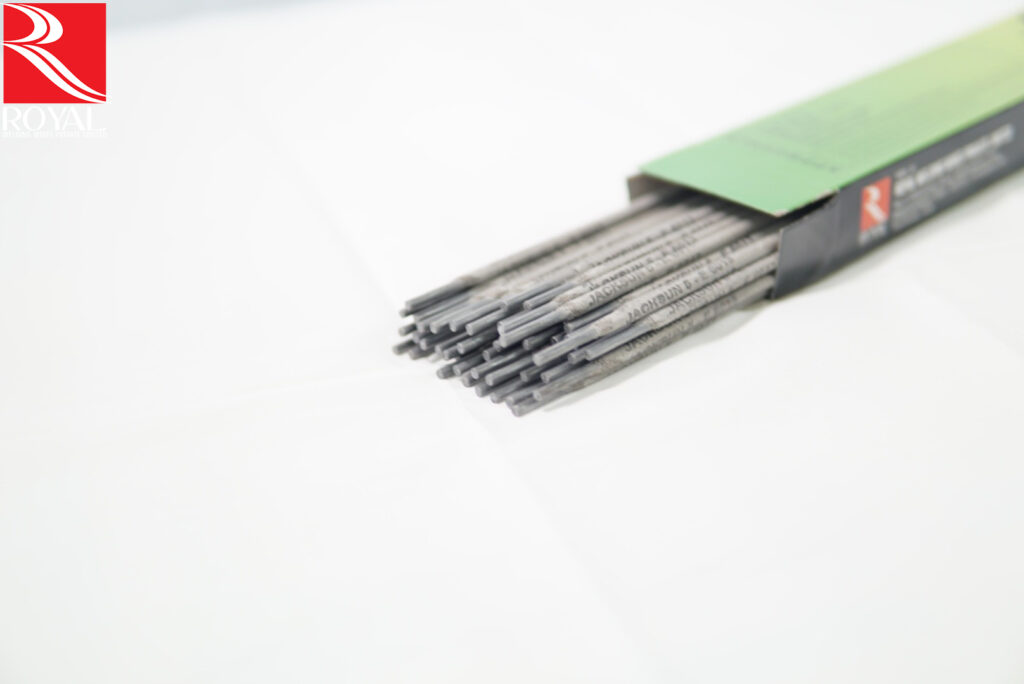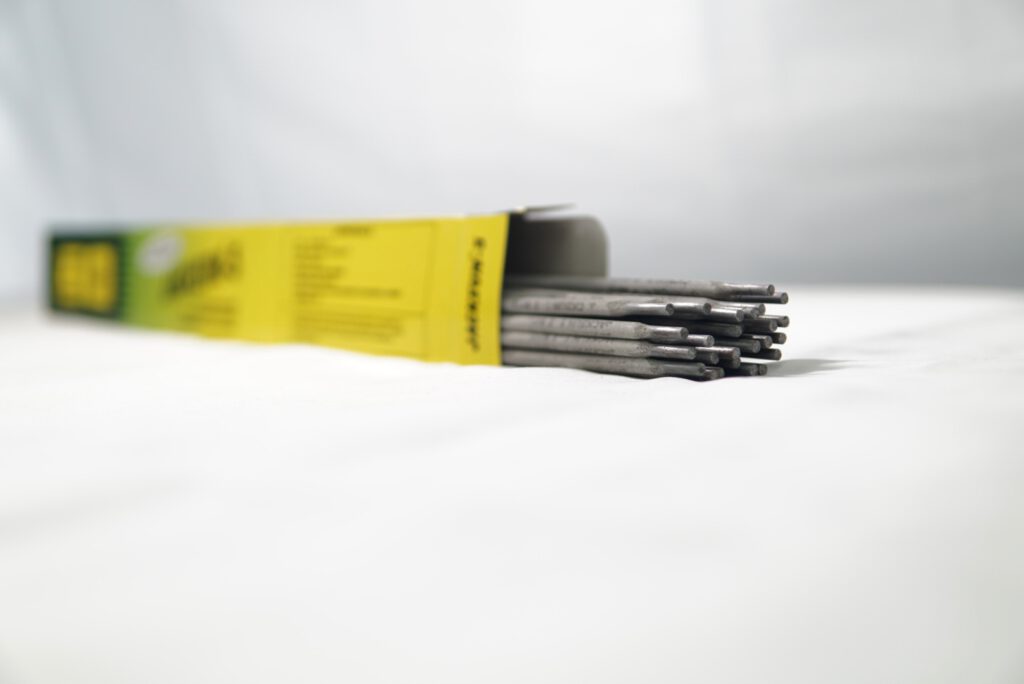These welding rods are sensitive to moisture, affecting their strength and performance.
This article will discuss the types of welding rods that need to be kept in an oven, the importance of proper storage, and the effects of moisture on welding rod quality.
We will also provide tips for handling and using welding rods stored in an oven and offer guidance on selecting suitable welding rods for your needs.
What welding rods need to be kept in an oven?
There are certain types of welding rods that need to be kept in an oven to maintain their properties and ensure optimal performance during the welding process. These include:
- Low-hydrogen welding rods, such as 7018 and 7024
- Stainless steel welding rods
- Nickel-based alloy welding rods, such as 625 and 718
- Aluminum welding rods
It is important to follow the manufacturer’s recommendations for storing and handling these types of welding rods.
Here is a table that summarizes the types of welding rods that should be kept in an oven and the recommended storage temperature:
| Welding Rod | Recommended Oven Temperature |
|---|---|
| Low-hydrogen (e.g. 7018, 7024) | 250-350°F (121-177°C) |
| Stainless steel | 250-350°F (121-177°C) |
| Nickel-based alloy (e.g. 625, 718) | 250-350°F (121-177°C) |
| Aluminum | 250-350°F (121-177°C) |

Why do welding rods need to be kept in an oven?
There are several reasons why specific welding rods need to be kept in an oven:
- Moisture absorption: Welding rods sensitive to moisture can absorb moisture from the air, compromising their strength and performance. Keeping these welding rods in an oven helps prevent moisture absorption, ensuring they are dry and ready for use.
- Quality control: Welding rods kept in an oven are typically higher quality, as they have been protected from moisture and other contaminants. This can result in more robust, more reliable welds.
- Long-term storage: Welding rods that need to be kept in an oven are typically prone to deterioration over time. Storing these welding rods in an oven can extend their shelf life and ensure they are ready for use when needed.
- Handling: Welding rods kept in an oven should be handled carefully to avoid damage or contamination. This includes using appropriate handling equipment, such as gloves and tongs, and avoiding exposure to moisture or other contaminants.
- Specific applications: Some welding rods are designed for specific applications and must be kept in an oven to ensure their quality and effectiveness.
| Reason | Explanation |
|---|---|
| To maintain a consistent temperature | Welding rods should be stored at a consistent temperature between 250-350°F (121-177°C). This helps to prevent the rods from becoming damaged or compromised in quality. |
| To prevent moisture and contamination | Welding rods should be stored in an oven with low humidity to prevent rust and contamination. |
| To maintain the strength of the rods | Welding rods that are stored at the proper temperature and humidity level are less likely to become weak or brittle. |
| To extend the shelf life of the rods | Proper storage in an oven can help to extend the shelf life of the welding rods, allowing them to be used for a longer period of time before needing to be replaced. |
| To ensure that the rods are ready for use | Keeping the welding rods in an oven ensures that they are ready for use when needed, as they will be at the proper temperature and free of moisture or contamination. |

The importance of proper welding rod storage
- Proper storage can prevent damage to the welding rods, which can affect their performance and reliability.
- Welding rods that are damaged or have become contaminated may not produce consistent or high-quality welds.
- Proper storage can help extend the welding rods’ shelf life, allowing them to be used for a longer period before needing to be replaced.
- Proper storage can help to prevent accidents or injuries, as welding rods that are stored improperly may be more prone to breakage or spillage.
- Proper storage can also help maintain the workshop’s cleanliness and organization, making it easier to find and access the welding rods when needed.
Get the Best Welding Rods and Keep Them in an Oven for Optimal Performance – Shop Now!
Maintaining the quality of welding rods stored in an oven
There are a few key steps that can be taken to maintain the quality of welding rods stored in an oven:
- Keep the temperature of the oven at the recommended level: Welding rods should be stored in an oven at a temperature between 250-350°F (121-177°C). Storing the rods at a higher or lower temperature can cause them to become damaged or compromised in quality.
- Avoid overloading the oven: It is important to ensure that the oven is not overloaded with welding rods, as this can lead to uneven heating and potentially damage the rods.
- Monitor the humidity level: Welding rods should be stored in an oven with a low humidity level, as high humidity can cause the rods to rust or become contaminated.
- Use proper ventilation: Proper ventilation is important to prevent the build-up of moisture and gases within the oven, which can affect the quality of the welding rods.
- Regularly inspect the rods: It is a good idea to regularly inspect the welding rods to ensure that they are in good condition and free of damage or contamination. Any rods that are damaged or compromised should be removed and replaced.

